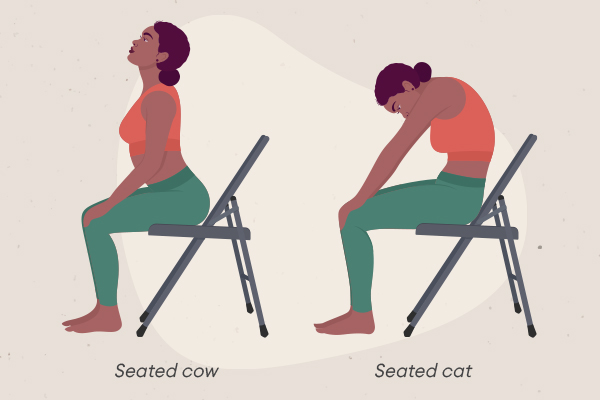Corporate wellness yoga programs are essential in modern workplaces to boost employee health, reduce stress, and enhance productivity. In this comprehensive guide, we explore how organizations can implement effective yoga programs, including step-by-step guidance, yoga poses, case studies, and interactive tips.
What is Corporate Wellness?
Corporate wellness programs are initiatives aimed at improving the physical, mental, and emotional wellbeing of employees. Yoga plays a key role by integrating mindful movement, breathing, and relaxation to improve health and workplace morale.
Benefits of Corporate Yoga
Yoga in the workplace provides:
- Improved flexibility and posture
- Reduced stress and anxiety
- Enhanced focus and productivity
- Better team cohesion and morale
- Financial ROI for organizations through reduced healthcare costs
Types of Corporate Yoga Programs
Depending on your company’s needs, programs can be:
- On-site group yoga classes
- Virtual live yoga sessions
- Recorded video content for self-paced practice
- Hybrid models combining live and recorded sessions
- Workshops and retreats
- Micro yoga breaks at desks
How to Design a Corporate Yoga Program
Start with an assessment of employee needs, define clear goals, allocate budget, select certified instructors, ensure proper venue and safety, and track KPIs for success.
Recommended Yoga Poses for Corporate Employees
Desk-Friendly Yoga Poses
1. Seated Cat-Cow Stretch

This stretch improves spinal flexibility and reduces back stiffness. Sit tall, inhale arching your back (cow), exhale rounding (cat). Repeat 5–8 times.
2. Seated Side Stretch
Sit tall, raise your right arm overhead and lean left, hold 15–20 seconds, repeat other side. Opens ribs and improves breathing.
3. Neck Rolls / Stretch

Reduce neck tension with slow ear-to-shoulder movements or gentle circular rotations. Relieves headaches and stiffness.
4. Seated Figure Four Stretch
Cross right ankle over left knee, hinge forward slightly. Stretches hips and lower back. Hold 20–30 sec per side.
Standing / Energy-Boost Yoga Poses
1. Mountain Pose (Tadasana)

Stand tall, feet hip-width apart, arms raised overhead. Improves posture, steadies mind, energizes body.
2. Forward Fold (Uttanasana)

Hinge at hips, fold torso, arms hanging. Stretches hamstrings, relieves back and neck tension, calms mind.
3. Chair Pose (Utkatasana)

Bend knees as if sitting on a chair, arms overhead. Strengthens legs, core, and spine.
4. Warrior II (Virabhadrasana II)

Step forward, arms parallel to floor, gaze over front hand. Builds focus, strength, opens hips and chest.
Stress-Relief & Mindfulness Poses
1. Legs-Up-The-Wall (Viparita Karani)

Lie back, legs against wall, arms relaxed. Reduces fatigue, improves circulation, calms nervous system.
2. Child’s Pose (Balasana)
Kneel, fold torso, stretch arms forward. Relieves stress, stretches back and shoulders, calms mind.
3. Standing Forward Fold with Shoulder Opener
Clasp hands behind back, hinge at hips. Opens shoulders, chest, and hamstrings; releases upper body tension.
4. Alternate Nostril Breathing (Nadi Shodhana)

Sit comfortably, close one nostril, inhale, switch, exhale. Reduces stress, balances nervous system, improves focus.
Conclusion
Implementing corporate wellness yoga programs can transform workplaces into healthier, more productive, and happier environments. Start small, track results, and encourage regular practice. For practical guidance and demonstrations, watch this YouTube session: Corporate Yoga Session on YouTube.
FAQ
Q1: How often should employees practice yoga at work?
Short daily sessions or 2–3 weekly classes work best. Desk stretches can be done several times a day.
Q2: Can beginners participate?
Yes. Yoga programs can be adapted for all fitness levels, with modifications for poses.
Q3: Do I need special equipment?
Basic mats, blocks, or straps are enough. Desk-friendly poses require no equipment.
Q4: Can remote employees join?
Virtual classes and recorded sessions make it easy for remote employees to participate.
